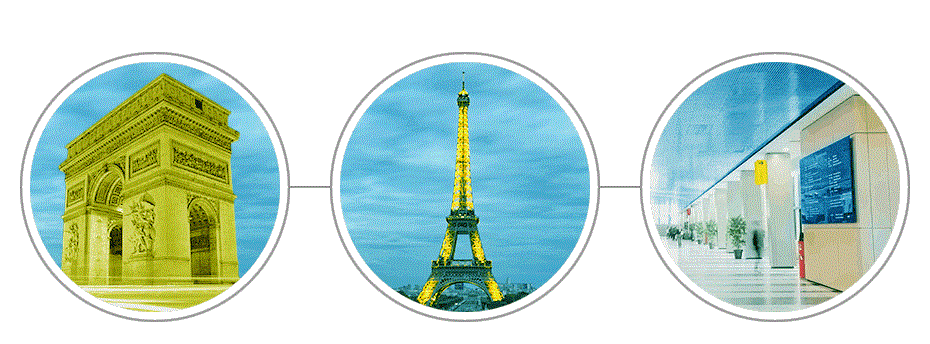This paper presents a model of voluntary contributions for a local public good, with individuals in a fixed network (complete, circle, line and star), based on the model of Bramoullé and Kranton (2007). We first characterize the equilibrium conditions in the absence of external incentives. We then consider the introduction of an informational nudge (announcement of the socially optimal contribution), both under complete and incomplete information regarding individuals' positions in the network. We show that, regardless of the regulator's level of information, an informational nudge may induce higher levels of aggregate contributions in circle and complete networks, and reduces strategic uncertainty, as long as individuals' sensitivity to the nudge (or their interest in the public good that is provided) is high enough. However, in star and line networks, the level of information available to the regulator matters since a nudge may not necessarily increase the level of aggregate contributions or reduce strategic uncertainty. Our main conclusion is therefore that a nudge policy should target specific individuals in specific networks. Moreover, we consider a ”second best” nudge for line networks under incomplete information because the socially efficient profile of contributions may be complex to implement in such a situation.



